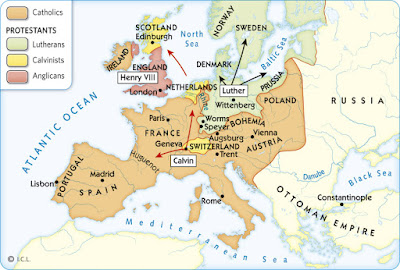Primeros pobladores: Unidad Didáctica Interactiva sobre la Prehistoria en la Comarca de Huéscar

¿Quieres saber lo que pasaba en la Prehistoria y la Edad Antigua en nuestros pueblos? Estupendo, porque ahora disponemos de una gran herramienta: la Unidad Didáctica Interactiva “Primeros Pobladores”. Se trata de una iniciativa de la Mancomunidad de Municipios de la Comarca de Huéscar y Diputación de Granada, elaborada por la Asociación Cultural La Nave, donde podremos aprender un montón de cosas con textos muy sencillos, para proyectar en la pizarra, con un montón de imágenes y con actividades y vídeos. Aunque está preparada para primaria nos puede servir también en 1° de ESO. ¡Aprovéchala!


